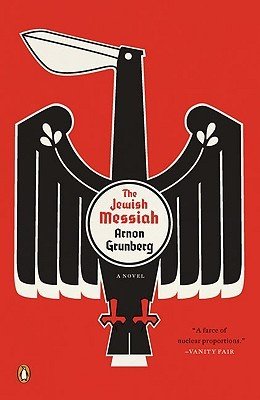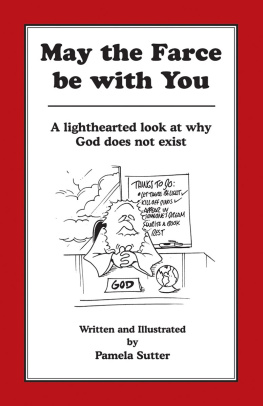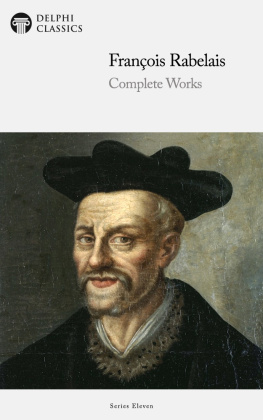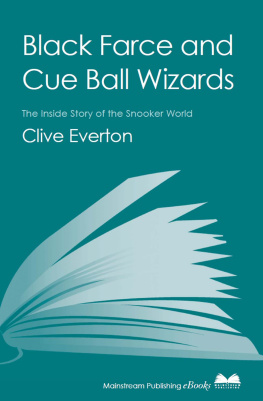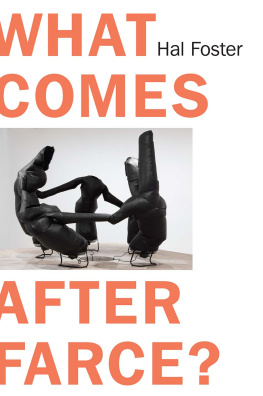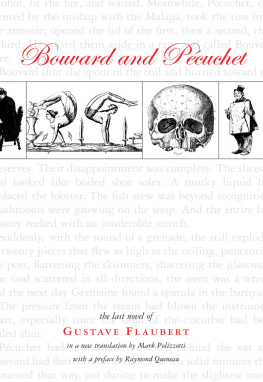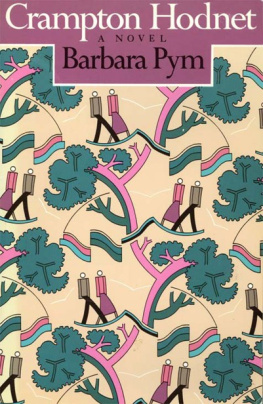RABELAISS RADICAL FARCE
To my parents, Pat and Rex
and my children, Adam and Mado
Rabelaiss Radical Farce
Late Medieval Comic Theater and Its Function in Rabelais
E. BRUCE HAYES
University of Kansas, USA
ASHGATE
E. Bruce Hayes 2010
All rights reserved. No part of this publication may be reproduced, stored in a retrieval system or transmitted in any form or by any means, electronic, mechanical, photocopying, recording or otherwise without the prior permission of the publisher.
E. Bruce Hayes has asserted his right under the Copyright, Designs and Patents Act, 1988, to be identified as the author of this work.
Published by
Ashgate Publishing Limited
Wey Court East
Union Road
Farnham
Surrey, GU9 7PT
England
Ashgate Publishing Company
Suite 420
101 Cherry Street
Burlington
VT 05401-4405
USA
www.ashgate.com
British Library Cataloguing in Publication Data
Hayes, E. Bruce.
Rabelaiss radical farce: late medieval comic theater and its function in Rabelais.
1. Rabelais, Franois, ca. 14901553? Criticism and interpretation. 2. French drama (Comedy) History and criticism. 3. Farce History and criticism. 4. Rabelais, Franois, ca. 14901553? Pantagruel. 5. Rabelais, Franois, ca. 14901553? Gargantua. 6. Rabelais, Franois, ca. 14901553? Tiers livre de Pantagruel. 7. Rabelais, Franois, ca. 14901553? Quatre livre de Pantagruel.
I. Title
843.3-dc22
Library of Congress Cataloging-in-Publication Data
Hayes, E. Bruce.
Rabelaiss radical farce: late medieval comic theater and its function in Rabelais / by E. Bruce Hayes.
p. cm.
Includes bibliographical references and index.
ISBN 978-0-7546-6518-2 (hardback: alk. paper)
1. Rabelais, Franois, ca. 14901553?Criticism and interpretation. 2. French drama (Comedy)History and criticism. 3. FarceHistory and criticism. 4. Rabelais, Franois, ca. 14901553? Pantagruel. 5. Rabelais, Franois, ca. 14901553? Gargantua. 6. Rabelais, Franois, ca. 14901553? Gargantua et Pantagruel. 3e livre. 7. Rabelais, Franois, ca. 14901553? Gargantua et Pantagruel. 4e livre. I. Title.
PQ1694.H39 2010
843.3dc22
2010018963
ISBN 9780754665182 (hbk)
ISBN 9781409423959 (ebk)
ISBN 9781409476221 (ebk-ePUB)

Printed and bound in Great Britain by TJ International Ltd, Padstow, Cornwall
Contents
Acknowledgements
A book may have a single author, but there are in fact a multitude of people who contribute to its completion. This book began as a dissertation. During that phase, I owe a tremendous debt of gratitude to my advisor and mentor, Ned Duval. He provided crucial guidance and then backed away and encouraged me to figure things out for myself. I am also grateful for the feedback I received from Catherine Cusset and Howard Bloch. I am particularly thankful for the helpful discussions I had with Howard as the project was brought to its initial completion.
Since then, quite a bit about this project has changed, and there are many colleagues and friends who have helped me along the way. Barbara Bowen deserves special mention. After reading my dissertation in 2001, she has since provided much appreciated mentorship and feedback. She has kept me on my toes with her cantankerous comments, all while offering generous support and encouragement. There have been many other senior scholars I have met at conferences who have provided me with support and feedback and whose research has inspired me. It is impossible to name everyone, but among those are Jelle Koopmans, who has generously helped me repeatedly with his immense knowledge of farce; Marian Rothstein, one of my biggest boosters; Tom Conley, whose visit to the University of Kansas in 2004 was a real treat for me; Franois Rigolot, who has provided kind words of encouragement. I am also grateful to colleagues such as David LaGuardia, Gary Ferguson, Jeff Persels, and Dora Polachek, whose work and collegiality helped motivate me along the way. Three friendships stand out, as they were all formed during the genesis of this project through common interests as seizimistes: Ed Tilson, supreme montaigniste, my partner-in-crime in graduate school, and a gifted scholar; Hassan Melehy, a generous soul whose intellectual passion inspires me; and finally, my fellow farceur, Bernd Renner, whose endless erudition and tireless scholarship have served as a goad to make me a better scholar.
There are many colleagues to thank at the University of Kansas, too many to mention here. I would like to recognize Tom Booker, Van Kelly, and Caroline Jewers, who read my manuscript and provided very helpful feedback. A special place must be reserved for my amusingly exigent and misanthropic colleague, Paul Scott, who is also such a very dear friend. He has been both devastating in his criticisms and moving with his continual support. For both, I am most grateful. Many thanks to Ingrid Horton for her invaluable help with proofreading and translating passages in the manuscript. I am also grateful to the librarians at the University of Kansas who have aided me with this project. Four deserve special mention: Richard Clement and Karen Cook from the Spencer Research Library (sadly Rick has left us for greener pastures out west), Frances Devlin, our French bibliographer, and Lars Leon, head of Interlibrary Loan Services. I have greatly appreciated the help I have received from Paula Courtney, Gwen Claassen, and Pamela LeRow at Digital Media Services. Sarah Greenwood and Jane Masheter in our department office have also assisted with this project. I offer my sincere thanks to Erika Gaffney and to my readers at Ashgate. Both of the readers of my manuscript provided excellent critiques and suggestions, and I have done my best to acknowledge this in the book. Whatever the shortcomings of this book, they are entirely my own.
Finally, I am grateful for family, a notion that has changed quite a bit over the course of this books creation. My parents and my children have been my biggest supporters, which is why this book is dedicated to them. I now have a new, larger family, and I feel tremendous gratitude for the encouragement I receive from my wife and partner Michelle, as well as the joy I experience with her wonderful children Logan and Isabelle, and our newly blended family.
Parts of were published as Rabelais Radical Farce: A Comparative Analysis of the colier Limousin Episode and the Farce de Matre Mimin tudiant. Renaissance and Reformation/Renaissance et Rforme vol. 28 (2004), 6178.
Part of was published as Putting the Haute Back into the Haute Dame de Paris: The Politics and Performance of Rabelaiss Radical Farce. French Forum vol. 32 (2007), 3952.
Part of was published as A Decade of Silence: Rabelaiss Return to Writing in a More Dangerous World. tudes Rabelaisiennes vol. 46 (2008), 10114.
Introduction
According to the apocryphal account of Rabelaiss death, the authors last words were purportedly, Tirez le rideau, la farce est joe not only elicits the authors name in the context of a farce, but also follows the allusion to Rabelais as a performer of farce with one of almost two dozen direct references found throughout the Chroniques to the most popular farce of the period, the Farce de Matre Pathelin. For the reader of Rabelaiss books, it is not difficult to recognize the theatrical elements of the authors work, as the narrative often feels as much or more like an oral performance than a written work of prose. Yet beyond generalities regarding the frequently theatrical nature of the authors composition, the purpose of this book is first to explore the specific genre of farce, a dramatic form whose watershed era (approximately 1450 to 1550) overlapped the period of Rabelaiss literary production, and second to explain how and why this particular form of theater forms a crucial subtext for understanding the authors work.
Next page

